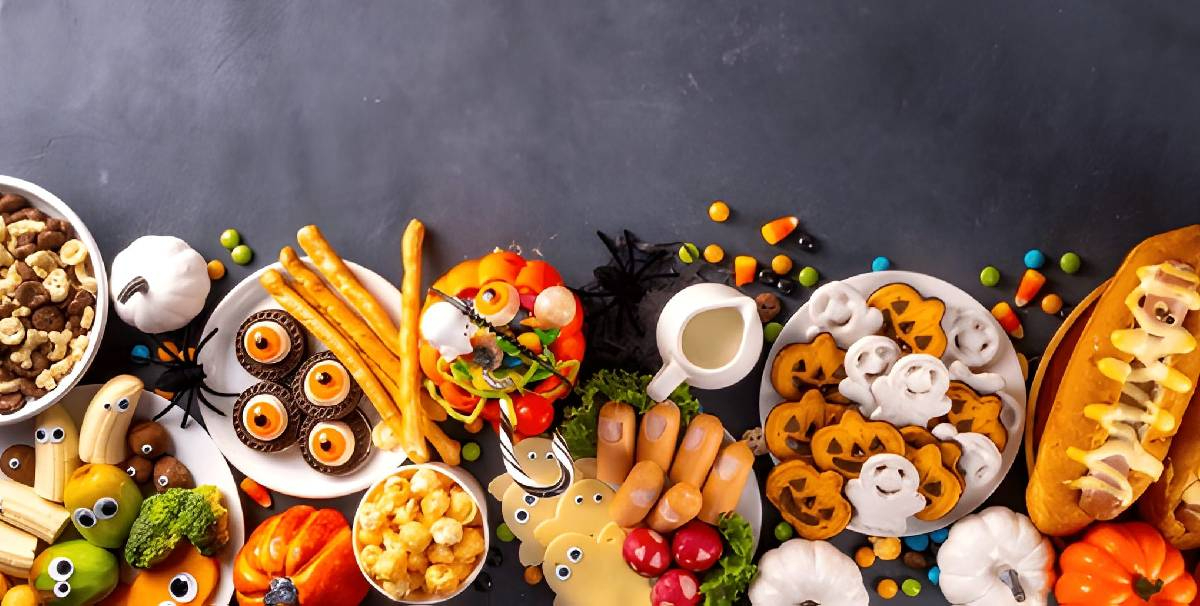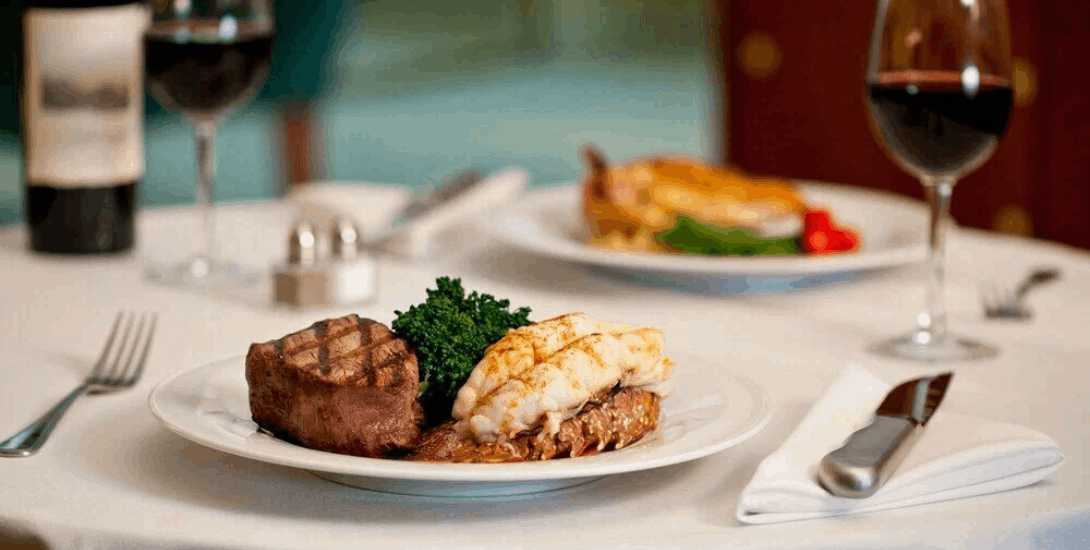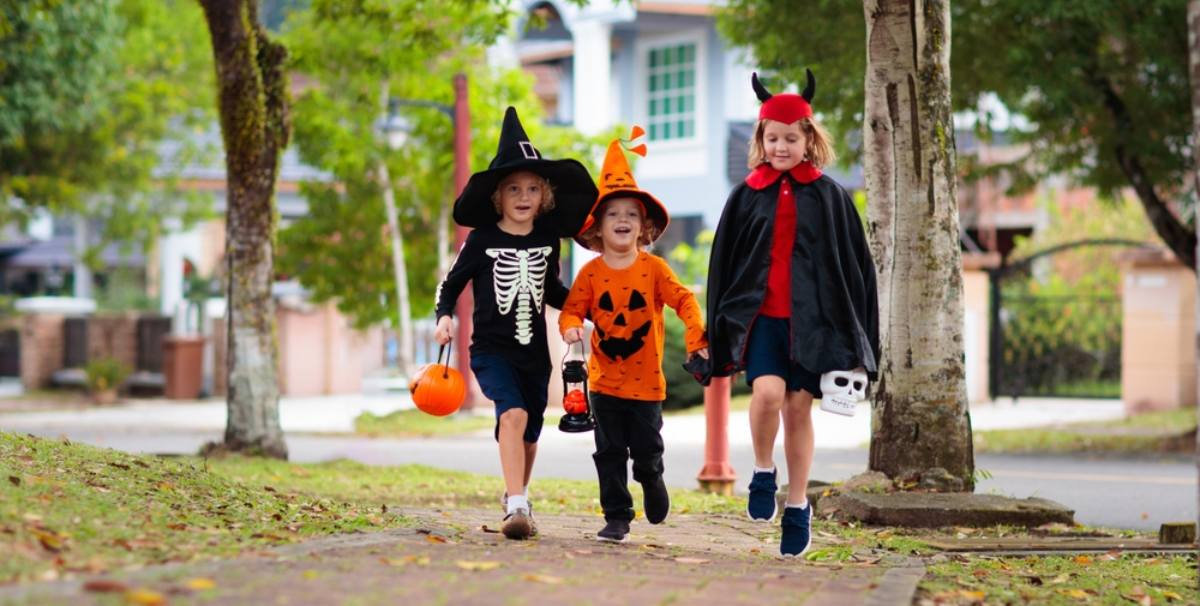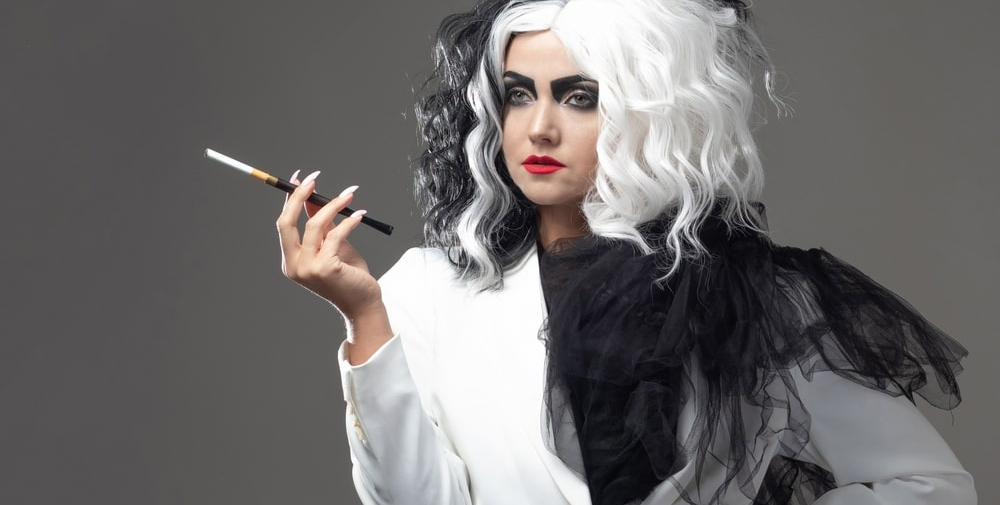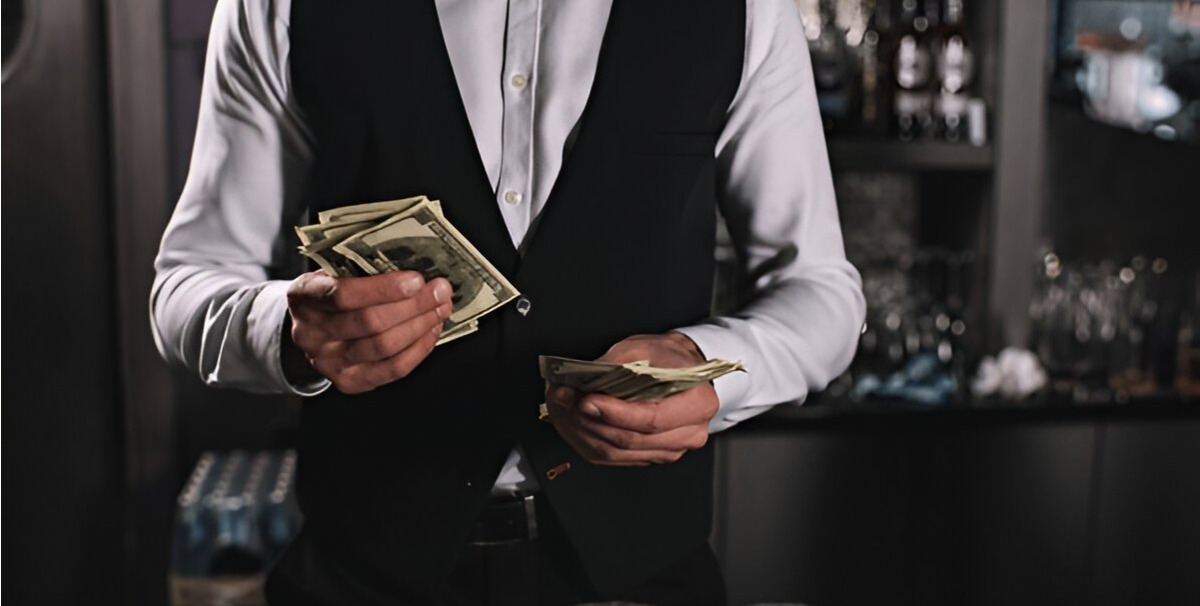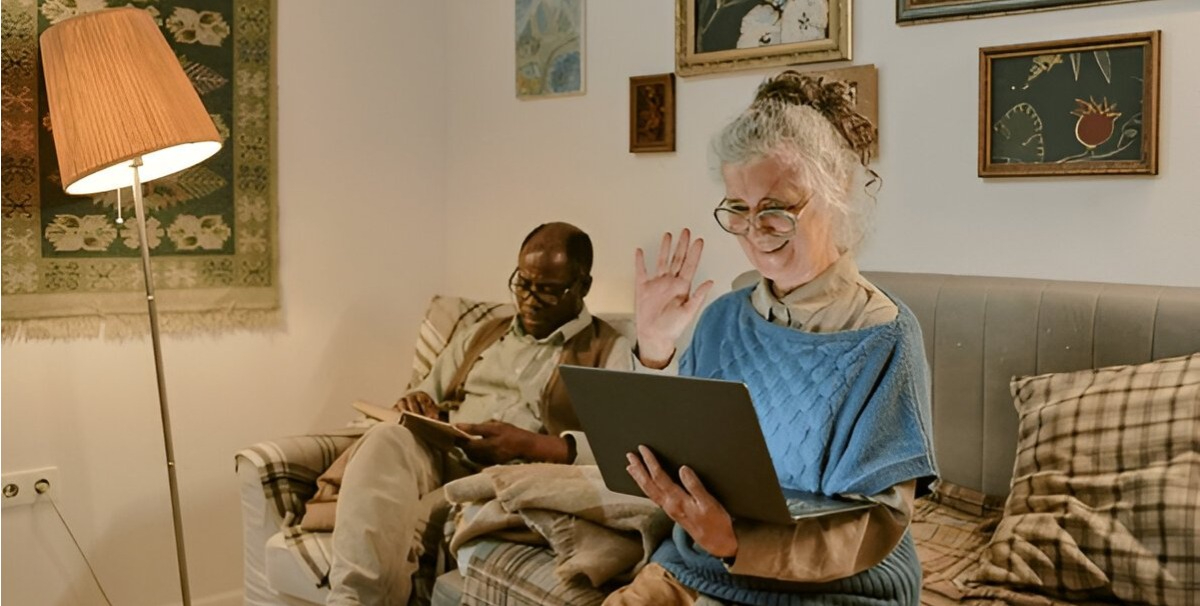The Real Story of Halloween and Its Christian Beginnings
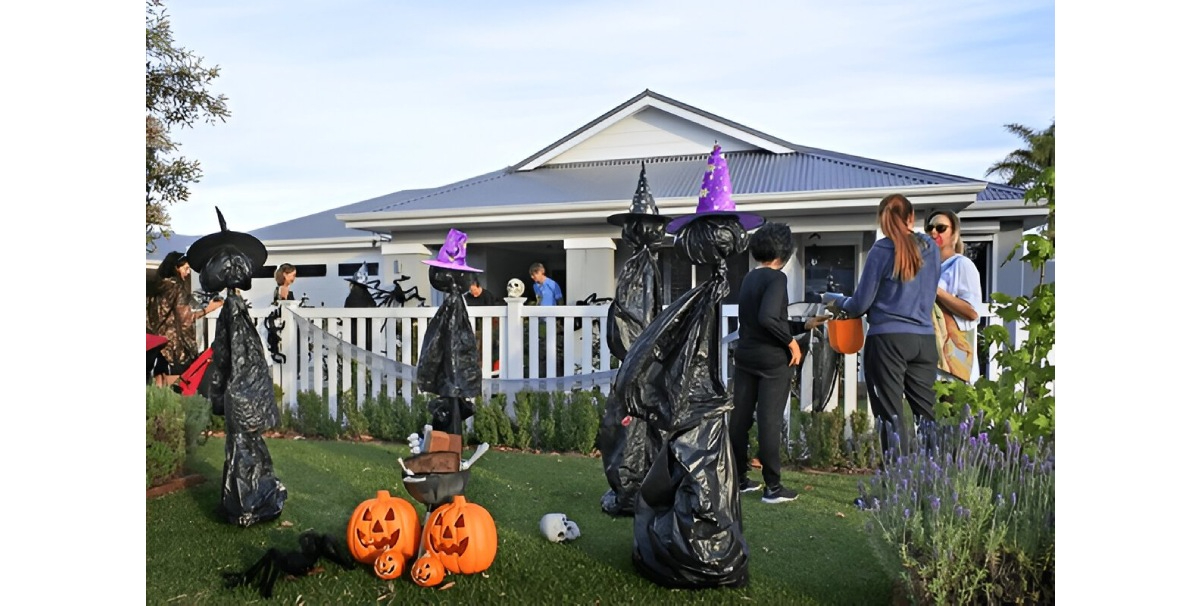

Trying to understand the holiday known as Halloween, and how it connects with Christian traditions? You're not alone. There’s more beneath the costumes and candy than most people realize. In this article, we will explore the Christian history of Halloween, the evolution of holiday customs, including the history of Halloween costumes, and how ancient, medieval, and church traditions came together to shape what we see today.
The celebration that we now call Halloween can trace part of its history back to the Celtic festival called Samhain, held by the ancient Celts in what is now Ireland, Scotland, and parts of Britain.
Samhain marked the end of the harvest season and the beginning of the “dark half” of the year.
The Celts believed that around October 31, the boundary between the living and the dead became blurred, and spirits might roam near the living.
Activities such as bonfires, disguises, and offerings to spirits were common in that context.
These roots show how some aspects of Halloween, especially the spooky and supernatural ideas, have very old origins. But the story doesn’t stop there.
As Christianity spread in Europe, the Church sought to incorporate or replace some of the pagan or folk traditions with Christian meaning. This is where the Christian history of Halloween enters.
In the 7th century, the Church marked a day to honor all martyrs and saints; this feast eventually became known as All Saints’ Day (or All Hallows’ Day) on November 1.
The evening before, October 31, was called All Hallows’ Eve, later, Halloween.
Another related day, All Souls’ Day on November 2, became a time to pray for the dead.
Thus, the Church re‑framed the time of year (end of October/start of November) to focus on saints, the dead, and spiritual life after death, core Christian themes.
So, while Halloween today may seem secular or even “spooky fun,” its medieval Christian roots are real and significant.
When people ask, “Why do we wear costumes on Halloween?”, the answer is layered with both ancient and Christian customs.
In the Celtic festival of Samhain, disguises or costumes may have helped people avoid or confuse wandering spirits.
In medieval Christian practice, there was a custom known as souling: children or poor people would visit homes on All Hallows’ Eve or All Hallows’ Day, receive “soul cakes” in exchange for prayers for the dead.
Over time, these door‑to‑door visits, disguises, and offerings developed into more secular traditions of costumes and trick‑or‑treating.
Specifically, the “history of Halloween costumes” shows that the idea of dressing up comes from disguised figures seeking sustenance or protection in earlier centuries.
Thus, costumes on Halloween aren’t simply about fun; they reflect a mix of ancient belief in spirits and medieval Christian ritual of prayer, remembrance, and disguise.
Because of the Christian roots in All Saints’, All Souls’, and the Christian reframing of the time of year, many Christian writers examine what Halloween means for faith today.
Some Christians point out that the day before All Saints’ Day reminds us of mortality, the afterlife, the communion of saints, and the Christian hope of resurrection.
Others raise concerns: because of the pagan background and the secular commercialization, there’s debate on whether Halloween can be celebrated in a way consistent with Christian faith.
The upshot is that while Halloween has secular popularity, the Christian dimension remains present, whether in remembering the dead, honoring saints, or reflecting on life and faith.
Why should you care about the origins of Halloween? Here are three big reasons:
Historical depth: Knowing that Halloween isn’t just a modern invention gives more meaning to its symbols, costumes, pumpkins, and door‑to‑door visits.
Faith perspective: For people of Christian faith, understanding the Christian history of Halloween allows thoughtful decisions about how (or whether) to participate.
Cultural understanding: Recognizing how traditions change helps us appreciate how pagan, Christian, folk, and secular ideas can merge into modern holidays.
The story of Halloween is richer than the candy, masks, and spooky decorations. It weaves together ancient Celtic beliefs, Christian feasts for saints and souls, and the evolution of costumes. If you look at Halloween through its Christian beginning, you’ll see themes of remembrance, life after death, and community, all wrapped in costume and fun.
Whether you choose to enjoy Halloween with faith in mind or just love the fun, knowing its roots helps you see how old Celtic ways and Christian beliefs mixed to create a holiday that’s both meaningful and joyful.

Hi, I’m Rimsha Arif, a writer focused on helping people save money by sharing practical tips and useful information about coupons, promo codes, and smart shopping. From fashion and groceries to travel and everyday essentials, my goal is to make it easier for you to shop wisely, save more, and get the most value out of every purchase.







